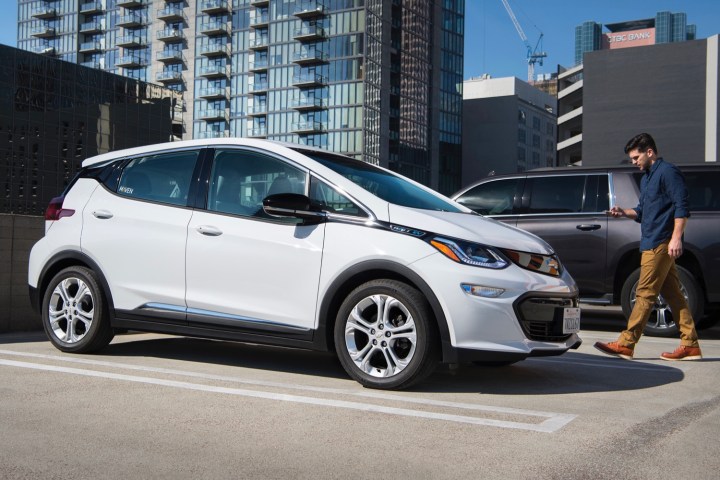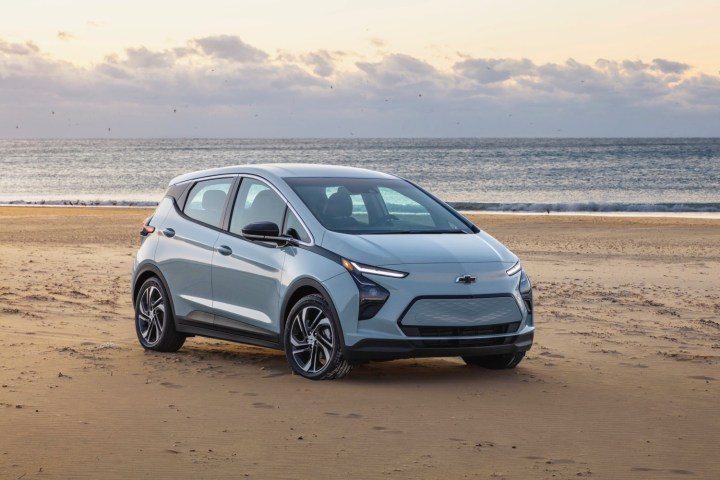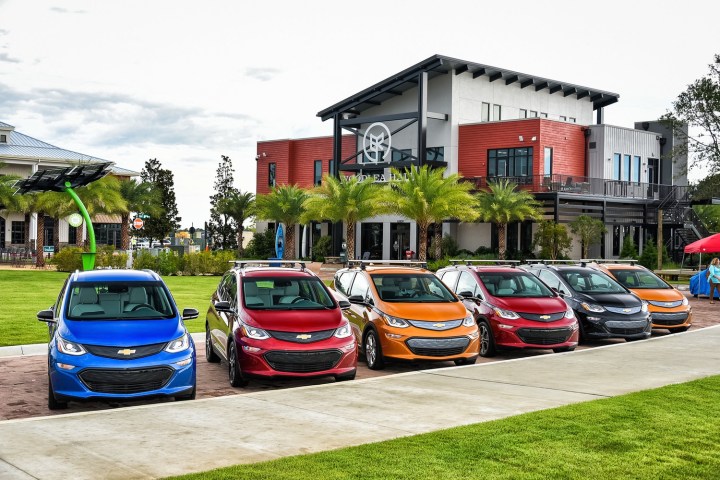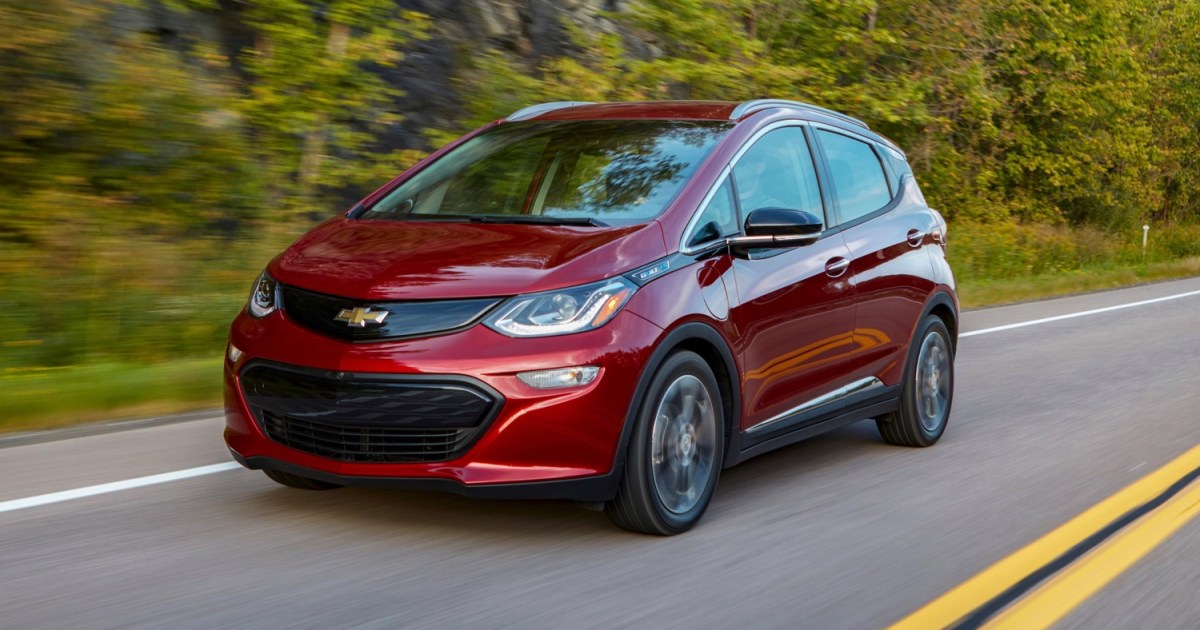
Turns out that the Chevrolet Bolt isn’t at its end. It makes sense. The Bolt certainly faced challenges, with various recalls and criticisms, but largely, it has proven itself as one of the best options for those who wanted a decent-range electric car at as low of a price as possible. That’s why, despite the recalls, it was somewhat of a shock when General Motors announced that it was ending the Bolt.
That was just a fake-out, though. Between then and now, the company announced that, in fact, the Bolt will live on in a new second generation.
But just being a cheap EV isn’t enough anymore. The budget EV market isn’t great, but it is better than when the Bolt was first introduced. Case in point? The new Volvo EX30, which isn’t quite as inexpensive as the current-gen Bolt, but does prove that you can have a well-designed electric car for less than $40,000.
So, what does the now seven-year-old Bolt have to do to truly compete for the next seven years? Well, the next seven years of electric cars will be nothing like the last seven years, so it turns out, it has to do quite a bit.
Design isn’t everything … but it’s something
The Bolt has a lot going for it. It’s one of the cheapest electric cars that remains practical, with over 250 miles of range and some decent tech on the inside. But let’s be honest — it isn’t the prettiest car out there. Far from it.

Now, to be fair, it’s not horribly ugly. It’s a little ugly, but it certainly could be worse. Better-looking electric cars that fall in this price range, however, are coming.
The Volvo EX30 isn’t as cheap as the Bolt, but it does prove that great-looking, cheap electric cars are possible. It has that sleek Scandinavian style, with plenty of room on the inside. It’s perhaps better compared with the Bolt EUV — the larger version of the Bolt — but it’s still a whole lot better-looking than that car.
People care about design — or at least I do. I wouldn’t sacrifice range for design, but if I’m deciding between two similarly priced electric cars with a similar range, I’m picking the one with the sleeker design. Chevrolet has an opportunity to develop a truly good-looking electric car that costs less than the competition — and looks better too — with this second generation of the Bolt.
Range may be key
“Range doesn’t really matter to 99% of people 99% of the time.”
“No one will buy an electric car that they can’t take on a road trip.”
I’ve heard both of these claims, multiple times, and frankly, I think both can be true. Most people don’t need a long-range electric car 99% of the time — but I’m not buying a $30,000-plus car that doesn’t serve my car needs 100% of the time. That means that the next-gen Bolt has to have a better range.

So what does “better” mean? In my mind, it means more than 300 miles. Currently the base model of the Bolt has a starting range of 259 miles, which is already not bad for a car in this price range. But if Chevrolet could put the base range at 300 miles or more, it could truly serve as the go-to choice, not only in its price range, but give or take another $5,000-or so.
It’s possible that Chevrolet could be on the way to a milestone like this. The next-generation Bolt will be built on General Motors’ Ultium platform, which is designed to be lightweight and have a more versatile battery system. We’ll have to see what this means for the range of the Bolt.
Oh, and along with range, the Bolt needs to charge faster. Seriously, fast-charging is a must-have for any future electric car.
Everything gets cheap eventually
Electric cars are in a race to the bottom, and they’ll get there at some point. Eventually, electric cars will no longer command a premium over other cars, and the Bolt won’t be able to hide behind its price tag. To be fair, it’s entirely possible that Chevrolet will progressively lower the price of the car to keep it at the entry level — but even if that happens, more budget options will launch, and likely in mass quantities.
Editors’ Recommendations

